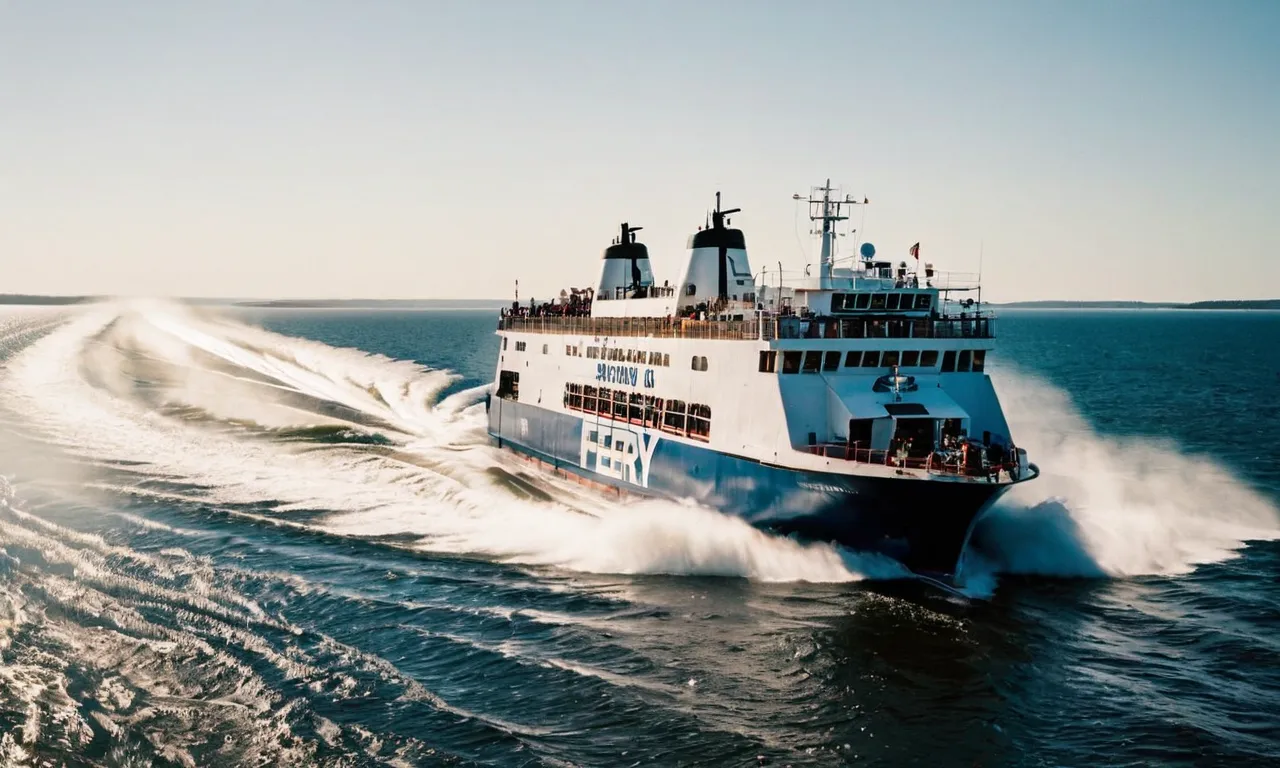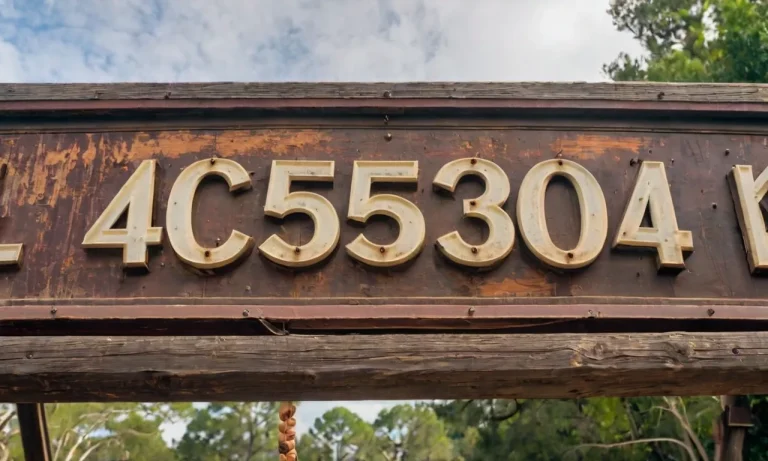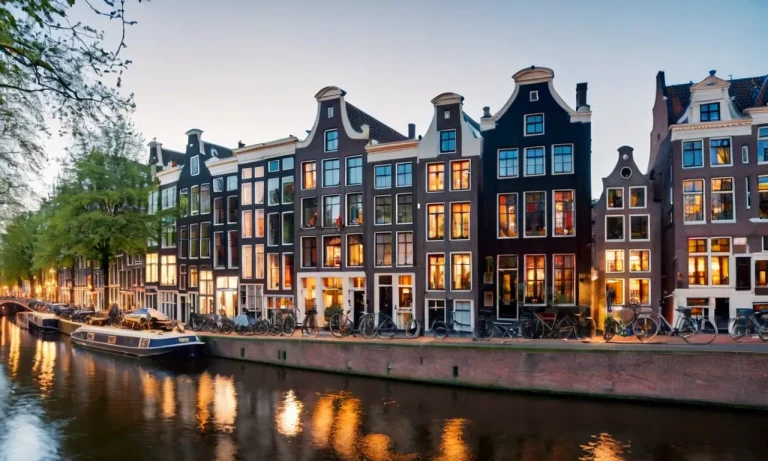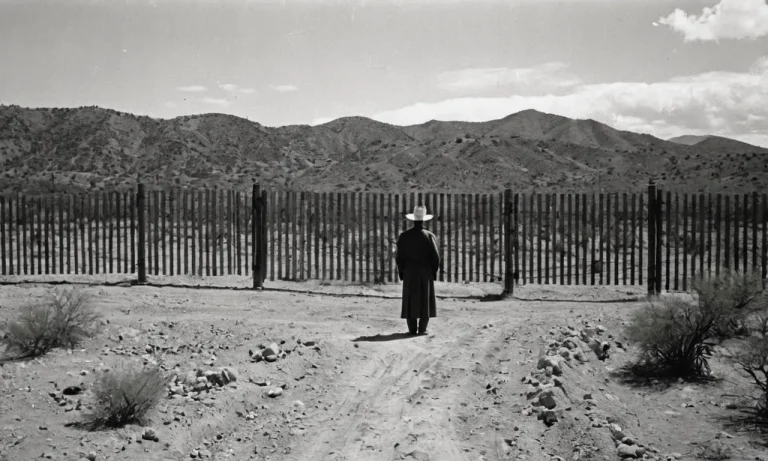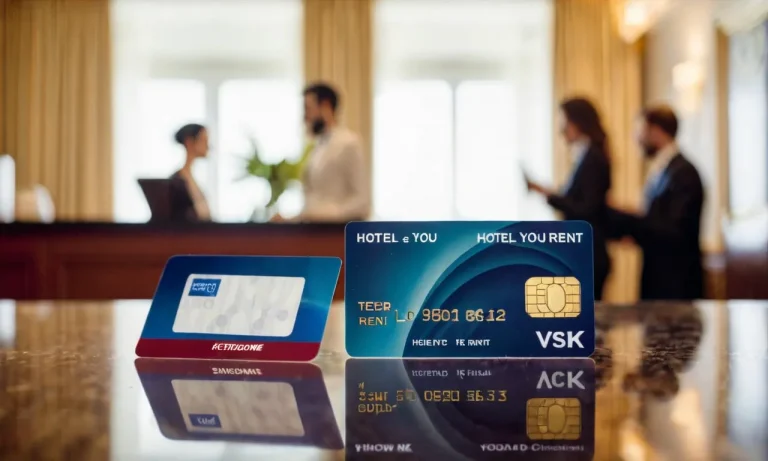How Fast Do Ferries Go? A Detailed Look
If you’ve ever taken a ferry ride, you may have wondered just how fast these large vessels can travel across the water. With advanced propulsion systems and streamlined hull designs, modern ferries are engineered for speed and efficiency.
If you’re short on time, here’s a quick answer to your question: most ferries travel at speeds between 15-30 knots, covering anywhere from 30 to 50 miles per hour.
In this comprehensive guide, we’ll explore the top speeds different types of ferries are capable of, the technology that gives them their velocity, factors impacting ferry speeds, and how some of the fastest ferries in the world stack up.
The Average Speeds of Different Ferry Types
When it comes to ferry travel, one of the questions that often comes to mind is how fast these vessels can go. The speed of a ferry can vary depending on several factors, including the type of ferry and its intended purpose. Let’s take a closer look at the average speeds of different ferry types.
Passenger Ferries
Passenger ferries are designed primarily for transporting people from one place to another. These ferries are typically equipped with comfortable seating areas and amenities to ensure a pleasant journey for passengers.
In terms of speed, passenger ferries usually travel at an average speed of around 20-25 knots (23-29 miles per hour). This speed allows for a smooth and enjoyable sailing experience for passengers while also ensuring efficiency in reaching their destinations.
Car Ferries
Car ferries, as the name suggests, are designed to transport vehicles along with passengers. These ferries have dedicated parking areas for cars, trucks, and motorcycles. Car ferries are built to accommodate the loading and unloading of vehicles, making them an essential mode of transportation for commuters and travelers.
On average, car ferries have a speed range of 12-18 knots (14-21 miles per hour). This speed allows for safe and efficient transportation of both vehicles and passengers.
High-Speed Craft
For those looking for a faster ferry experience, high-speed craft offer a thrilling option. These ferries are designed for speed and are capable of reaching higher velocities compared to passenger and car ferries.
High-speed craft can travel at speeds of up to 40-50 knots (46-58 miles per hour) or even more in some cases. These ferries are commonly used for shorter routes and are equipped with advanced technology to ensure a stable and comfortable ride even at high speeds.
It’s important to note that these average speeds may vary depending on factors such as weather conditions, ferry size, and the distance of the journey. Additionally, some ferries are specifically designed for longer journeys, while others are meant for shorter trips, which can also impact their speed capabilities.
If you’re planning a ferry trip and curious about the specific speed of the vessel you’ll be traveling on, it’s always a good idea to check with the ferry operator or consult their website for more information. Safe travels!
What Factors Impact How Fast Ferries Travel
When it comes to the speed at which ferries travel, several factors come into play. Understanding these factors can help us determine why some ferries are faster than others. Let’s take a closer look at the key factors that impact the speed of ferries:
Weight and Size
The weight and size of a ferry play a crucial role in determining its speed. Generally, larger and heavier ferries tend to have a slower top speed compared to smaller and lighter ones. This is because larger ferries require more power to move through the water, which can limit their speed.
However, advancements in hull design and propulsion systems have allowed modern ferries to overcome some of these limitations, resulting in increased speeds even for larger vessels.
Water Conditions
The water conditions, including wave height, currents, and wind speed, can significantly impact the speed of a ferry. Rough seas with high waves can slow down a ferry, as it has to navigate through the turbulent waters.
Similarly, strong currents can either assist or hinder the ferry’s speed, depending on their direction. Ferry operators closely monitor weather conditions and adjust their schedules accordingly to ensure passenger safety and optimize travel times.
Travel Distance and Route
The distance a ferry needs to travel and the specific route it takes also affect its speed. Longer distances generally require more time, as the ferry needs to maintain a consistent speed over an extended period.
Additionally, certain routes may have specific speed restrictions or navigational challenges that can affect the overall travel time. Ferry operators carefully plan their routes to minimize travel time and ensure efficient transportation for passengers.
Engine Power
The power of the ferry’s engines is a critical factor in determining its speed. Ferries with more powerful engines can generate greater propulsion force, allowing them to reach higher speeds. The engine power is typically measured in terms of horsepower or kilowatts.
Advances in engine technology have led to the development of more efficient and powerful engines, resulting in faster ferry speeds. However, it’s important to strike a balance between engine power and fuel consumption to ensure economic operation.
By considering these factors, ferry operators can optimize the speed of their vessels to provide efficient and reliable transportation services. So, the next time you board a ferry, take a moment to appreciate the engineering and planning that goes into ensuring a smooth and speedy journey.
Propulsion Systems That Allow High Speeds
When it comes to the speed of ferries, the propulsion system plays a crucial role. There are several different types of propulsion systems that allow ferries to reach high speeds, including waterjet propulsion, conventional propellers, and innovative hull designs.
Waterjet Propulsion
Waterjet propulsion is one of the most common systems used in high-speed ferries. This system works by drawing water from underneath the vessel and then forcing it out through a nozzle at the stern. This creates a powerful jet of water that propels the ferry forward.
Waterjet propulsion offers several advantages, including increased maneuverability, reduced noise and vibration, and the ability to operate in shallow waters. Some ferries equipped with waterjet propulsion systems can reach speeds of up to 40 knots (46 miles per hour).
Conventional Propellers
Conventional propellers are another propulsion system commonly used in ferries. These propellers are mounted on the stern of the vessel and are rotated by an engine. As the propellers rotate, they create a thrust that pushes the ferry forward.
While not as efficient as waterjet propulsion systems, conventional propellers are still capable of propelling ferries at high speeds. Some ferries equipped with conventional propellers can reach speeds of up to 35 knots (40 miles per hour).
Hull Design
In addition to the propulsion systems, the design of the ferry’s hull also plays a significant role in achieving high speeds. Ferries with streamlined hull designs are able to reduce drag and increase their efficiency.
These hull designs are typically characterized by a slender shape and smooth, curved surfaces. By minimizing resistance in the water, ferries with optimized hull designs can reach higher speeds with the same amount of power.
Some ferries with advanced hull designs can achieve speeds of over 45 knots (52 miles per hour).
It is important to note that the maximum speed of a ferry can vary depending on several factors, including its size, weight, engine power, and operating conditions. Additionally, technological advancements in propulsion systems and hull designs continue to push the boundaries of ferry speed, allowing for even faster and more efficient transportation on the water.
The World’s Fastest Ferries
When it comes to ferry travel, speed is not always the top priority. However, there are some ferries that have been designed to reach impressive speeds, allowing passengers to get to their destinations in record time. Let’s take a closer look at some of the world’s fastest ferries.
Incat’s Fast Ferries
Incat, an Australian shipbuilding company, is known for producing some of the fastest ferries in the world. Their high-speed catamarans are built using innovative designs and advanced technology, allowing them to travel at incredible speeds.
In fact, Incat holds the record for the fastest commercial ferry, with their ship reaching a speed of 58.1 knots (67 mph or 108 km/h) during sea trials.
These fast ferries are not only impressive in terms of speed but also in terms of capacity. They can carry a large number of passengers and vehicles, making them ideal for connecting islands or crossing large bodies of water efficiently.
Incat’s fast ferries have been used in various locations around the world, including Australia, Europe, and South America.
Boeing Jetfoil
Another notable fast ferry is the Boeing Jetfoil, which was developed in the 1970s. The Jetfoil is a hydrofoil vessel that uses underwater wings, or foils, to lift the hull out of the water at high speeds. This reduces drag and allows the ferry to glide smoothly across the water.
With a top speed of around 50 knots (58 mph or 93 km/h), the Boeing Jetfoil was once considered one of the fastest commercial ferries in the world. It was primarily used for passenger transportation, offering a fast and comfortable alternative to traditional ferries.
FoilCat Hydrofoils
The FoilCat hydrofoils, built by the company Nichols Brothers Boat Builders, are known for their impressive speed and efficiency. These vessels use a combination of catamaran and hydrofoil technology to achieve high speeds while maintaining stability and comfort for passengers.
With speeds reaching up to 45 knots (52 mph or 83 km/h), the FoilCat hydrofoils have been used for various purposes, including commuter transportation and sightseeing tours. These fast ferries are designed to provide a thrilling and efficient way to travel across water.
While these ferries are among the fastest in the world, it’s important to note that speed is not the only factor to consider when choosing a ferry. Safety, comfort, and reliability are equally important aspects to take into account.
So, whether you’re looking for a speedy journey or a relaxing cruise, there are plenty of ferry options available to suit your needs.
Conclusion
We’ve covered a wide range of details on ferry speeds, the technology powering them, and factors impacting their velocity. While most ferries travel at relatively modest speeds to conserve fuel, some of the most advanced models can rival the pace of an aircraft thanks to waterjets, hydrofoils and aerodynamic hulls.
No matter if you’re planning travel on a leisurely sightseeing cruise or sleek high-speed ferry, understanding what allows these vessels to cover long distances swiftly over water can build an appreciation for marine engineering and design.

